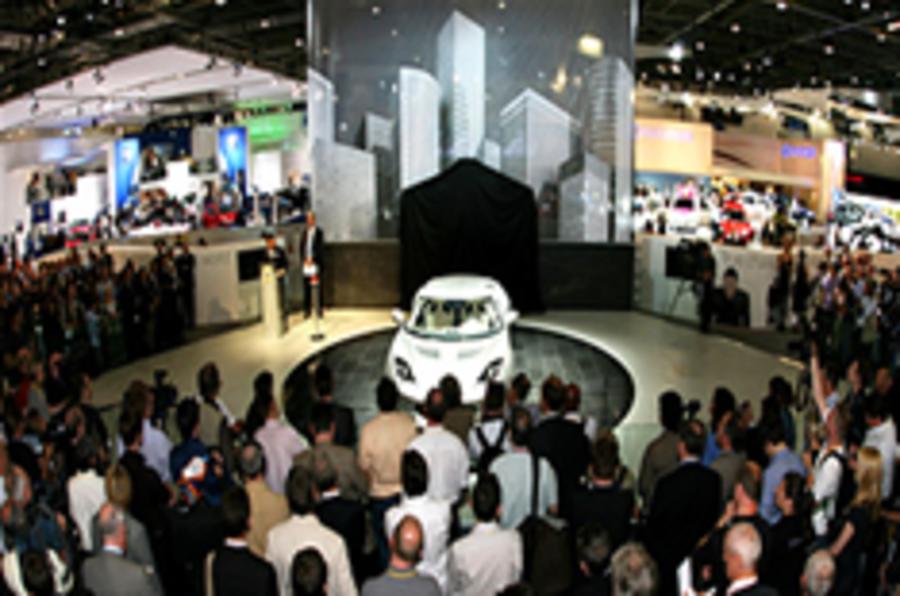This was surely the weirdest US motor show opening of modern times.
The three biggest participants, GM, Ford and Chrysler, should have been using their vast stands to display hordes of new cars and promote the aura of confidence in the future that helps sell them, but the California air was actually full of the car industry's ever-accelerating financial desperation.
In the space of two days, GM sold its share in Suzuki and Ford most of its stake in Mazda, evidently just to keep the lights burning.
The morning broadsheets had run full-page ads from GM, explaining that if the government refused car companies the $25 billion bail-out they were seeking, then the whole American economy would suffer. A million job losses had been mentioned.
>> See all our exclusive videos from the LA Show
Inside the halls, signs of meltdown were obvious. Chrysler's vast stand (populated mainly by lacklustre Jeeps) was void not only of pearly-toothed execs but of light as well, evidently because Chrysler simply couldn't afford the kind of lighting rig that Audi had set up across the aisle.
And remarkably, there was half an hour's downtime straight after the opening Nissan press conference, because GM had decided to pass up its habitual first-morning opportunity to talk to hacks.
Only Ford, of the Big Three, took a 'business as usual' route, showing improved (and enticing) 2010 versions of the Mustang and of the Mondeo-sized Fusion with impressive new economy credentials.
At least Renault-Nissan chief Carlos Ghosn was able to strike a note of normality in an impressive keynote speech. He adroitly pointed out that wasting time deciding which car company was most in trouble was a fatuous exercise.
Everyone was bleeding, he claimed, and the vast subsidies being sought by car makers in most major countries were necessary to make the radical changes to car design and manufacturing infrastructure that society now demanded.The car was not going away, he insisted. It was more likely that the present world population of 600 million cars would have risen to 2.5 billion by 2050.
To fuel and accommodate them, the world would have to transform itself, Ghosn said, and the changes would need to be paid for. But this was uncharted territory, he explained, through which there was no foolproof route.
Against all this, the debuts of new cars seemed almost beside the point. BMW chiefs had a tough time making the new 7-series sound inviting, but its blood-brother, the new electric Mini, generated much more positive interest, and looked a strong contender for star of the show.
Mini is seeking 500 punters to pay $850 a month to rent a car from its experimental electric fleet, and expects very soon to have to select the lucky applicants from a pool of 25,000 hopefuls. Hacks who've driven the e-Mini speak of heavy steering and wheel fight, but bags of performance and impressive mechanical refinement.






Join the debate
Add your comment
Re: LA Show: full report
From Steve Cropley's report, they are all doing the best to cut the show cost. They certainly don't seem to be burning money for no reason at all.
If they hadn't of turned up, I bet there would have been a lot more press attention though, and not of the positive kind.